The Wild Cat Species Of Central America
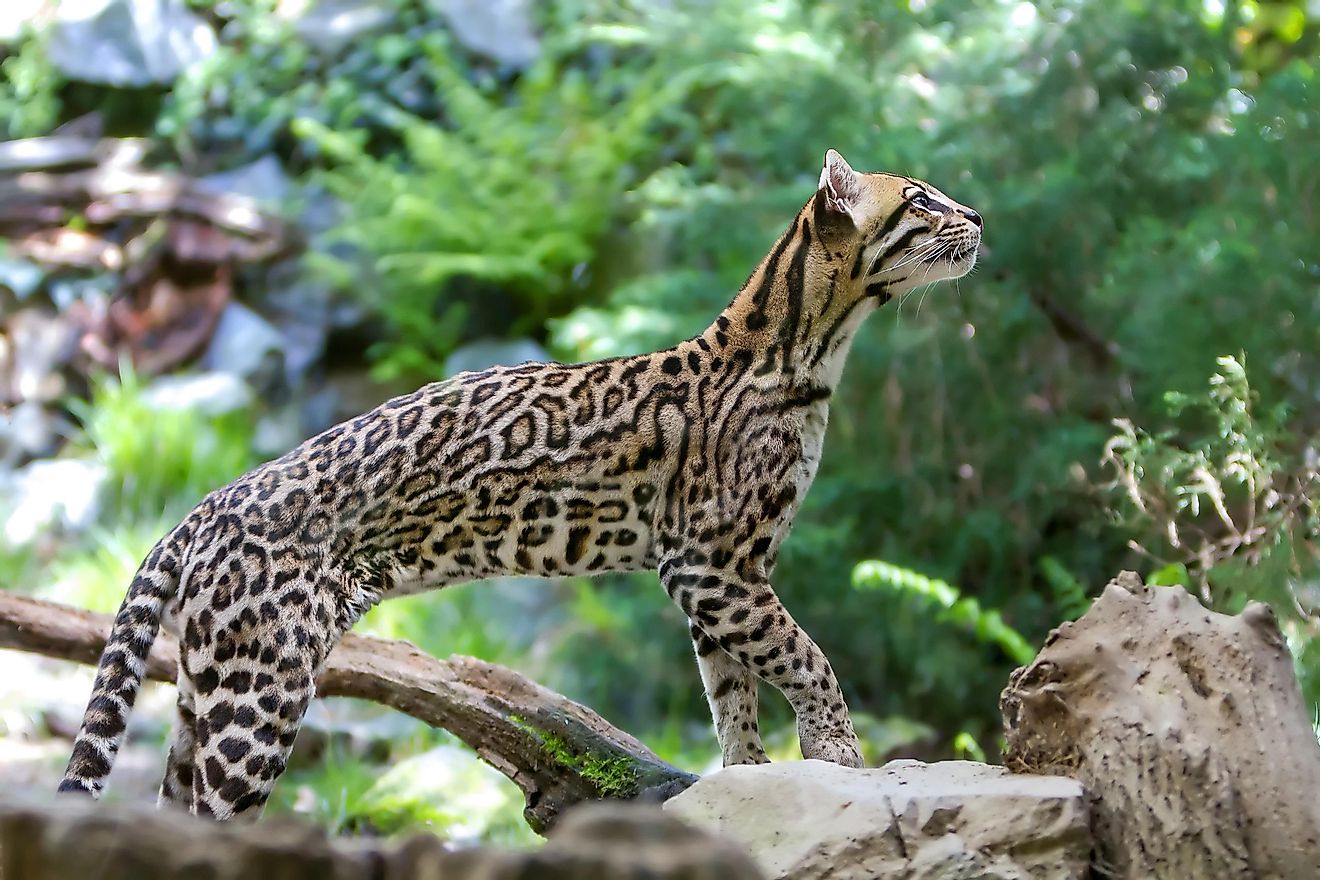
6. Jaguar
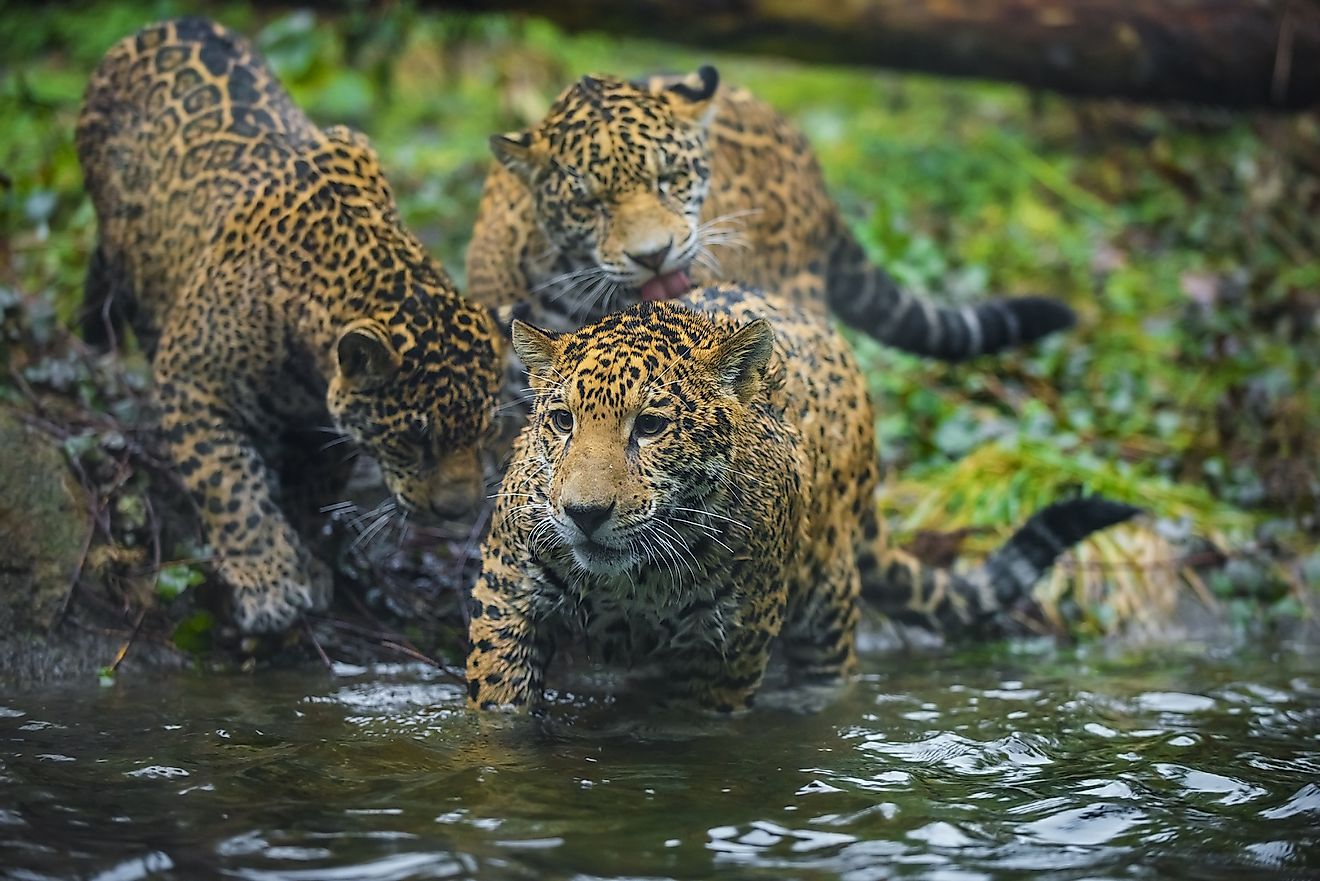
The Panthera onca, the largest feline species in the Americas, is found from Southwestern US to parts of South America. Its range thus covers parts of Central America. The cat is larger but closely resembles the leopard. It has a stocky built with weights ranging between 56 and 96 kg. The length of the jaguar ranges from 1.12 to 1.85 m from nose to the tail base. The height of the animal ranges from 63 to 76 cm at the shoulder. The base color of the coat is generally a tawny yellow but also varies from black to reddish brown. Rosettes cover the body and help the jaguar camouflage itself well in the forested habitat. The big cat prefers to live in swampy and wooded habitats but is also found in arid areas. It is a solitary animal and an ambush predator. The jaguar also loves to swim. Man-animal conflict and habitat destruction are the biggest threats to the survival of the jaguars.
5. Cougar
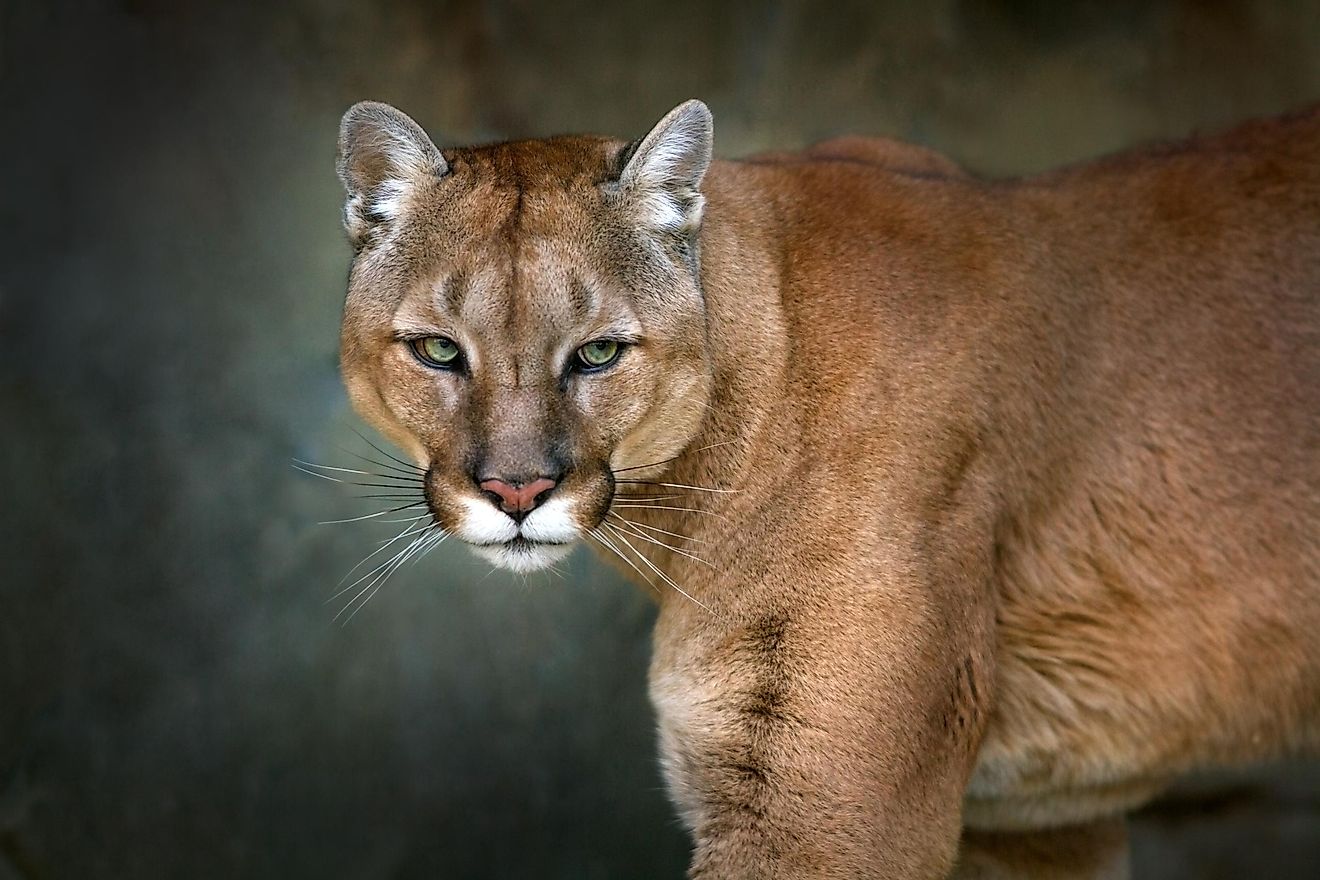
The Puma concolor is a large cat species with a wide distribution stretching from Yukon in Canada to the South American Andes. Thus, the cat is also found in Central America. The cougar is a highly adaptable animal and is thus found in a wide variety of habitats. It is primarily nocturnal and crepuscular by nature. Ungulates like deer and livestock, rodents, insects, etc., form the prey base of the cougar. The cougar is an ambush predator. Adult cougars attain a length of around 2.4 m in males and 2.05 m in females from nose to the tip of the tail. The height at the shoulders is about 60 to 90 cm for an adult cougar. The coat of the cougar is usually tawny without spots while infants and juveniles feature spots. Although the cougar is classified as a Least Concern species on the IUCN Red List due to its widespread distribution, the population of this species has decreased in several parts of its range due to hunting and habitat destruction.
4. Oncilla
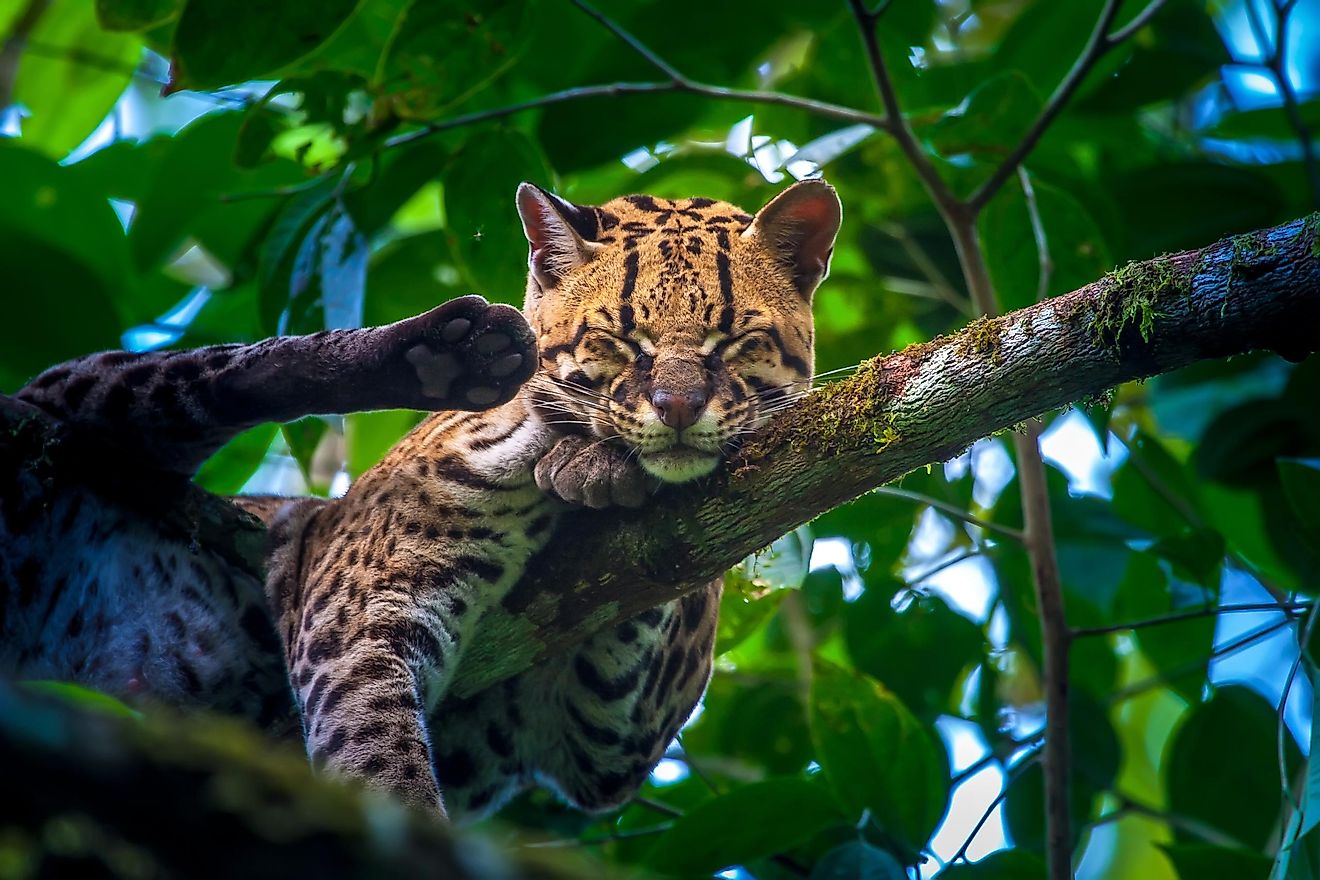
The Leopardus tigrinus or the tigrillo is a small cat ranging from Central America to central Brazil. The length of this cat ranges from 38 to 59 cm from head to the tail base. The tail is around 20 to 42 cm long. The fur of the oncilla is light brown to dark ochre in color with dark rosettes on the coat. The coat color of the oncilla helps the cat to blends itself well with the environment. Small mammals, birds, invertebrates, reptiles, etc., constitute the prey base of the cat. The animals are generally nocturnal and are ambush predators. They are good climbers. The oncilla has been labeled as Vulnerable on the IUCN Red List. Habitat loss, degradation, and fragmentation are the biggest threats to this species of cat.
3. Ocelot
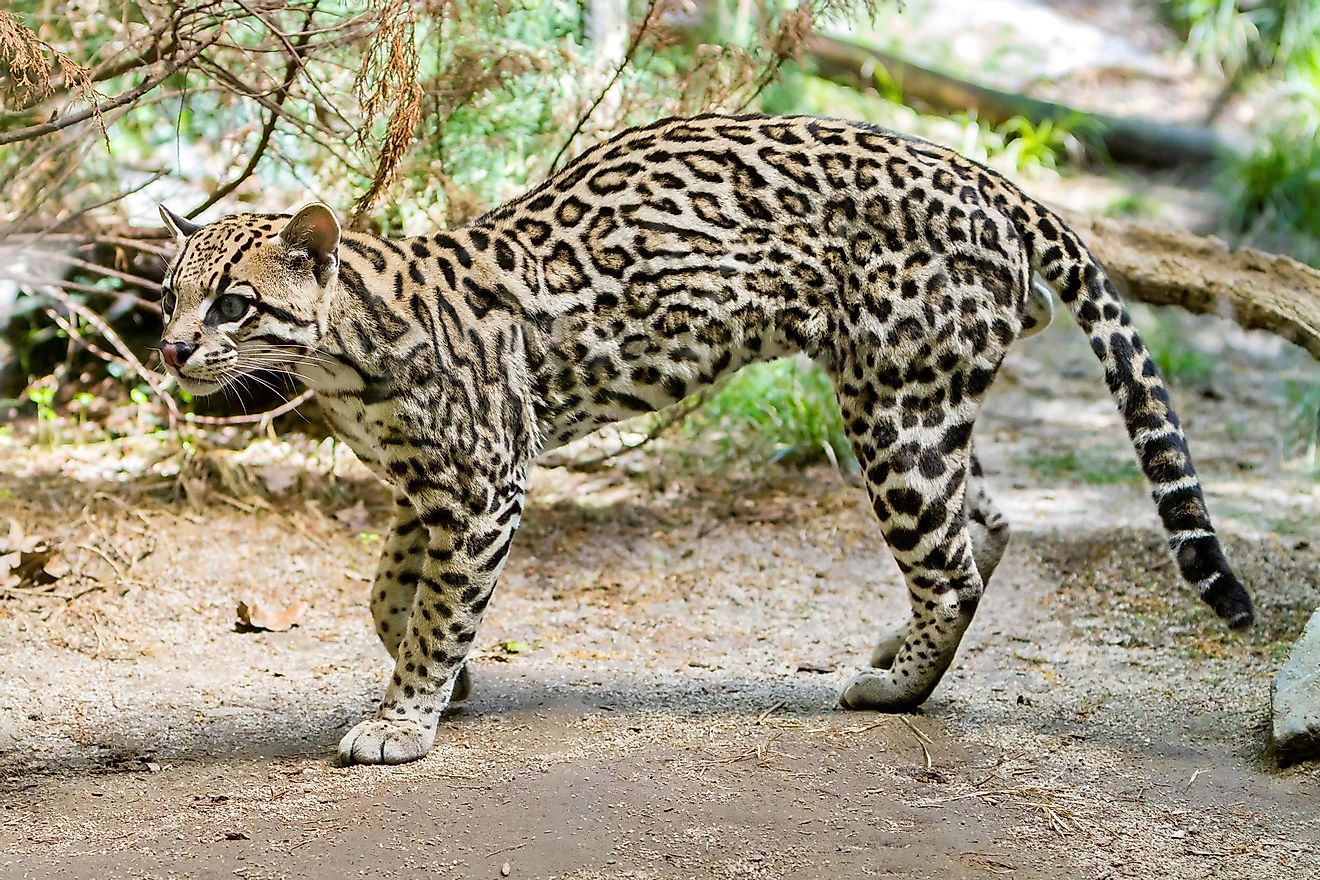
The Leopardus pardalis is another wild cat found in Central America. This species also occurs in parts of North and South America. The ocelot lives in mangroves, tropical forests, savanna, and thorn forest habitats in its range. There are 10 subspecies of the ocelot distributed in different parts of the species’ range. The medium-sized cat grows to a length of about 55 to 100 cm. The cat features solid black spots or streaks on its fur. The ocelot primarily hunts at dusk and in the night. During the day, it prefers to rest on trees. These cats are primarily solitary and territorial by nature. Animals like rabbits, rodents, armadillos, birds, fish, etc., constitute the prey base of these wild cats. Currently, the ocelot population is quite stable with around 40,000 mature individuals surviving in the wild. The species is thus listed as Least Concern by the IUCN. Although hunting of this cat for fur was a big threat to the survival of this species in the past, protection measures have helped in curbing the hunting of this species to a great extent.
2. Margay
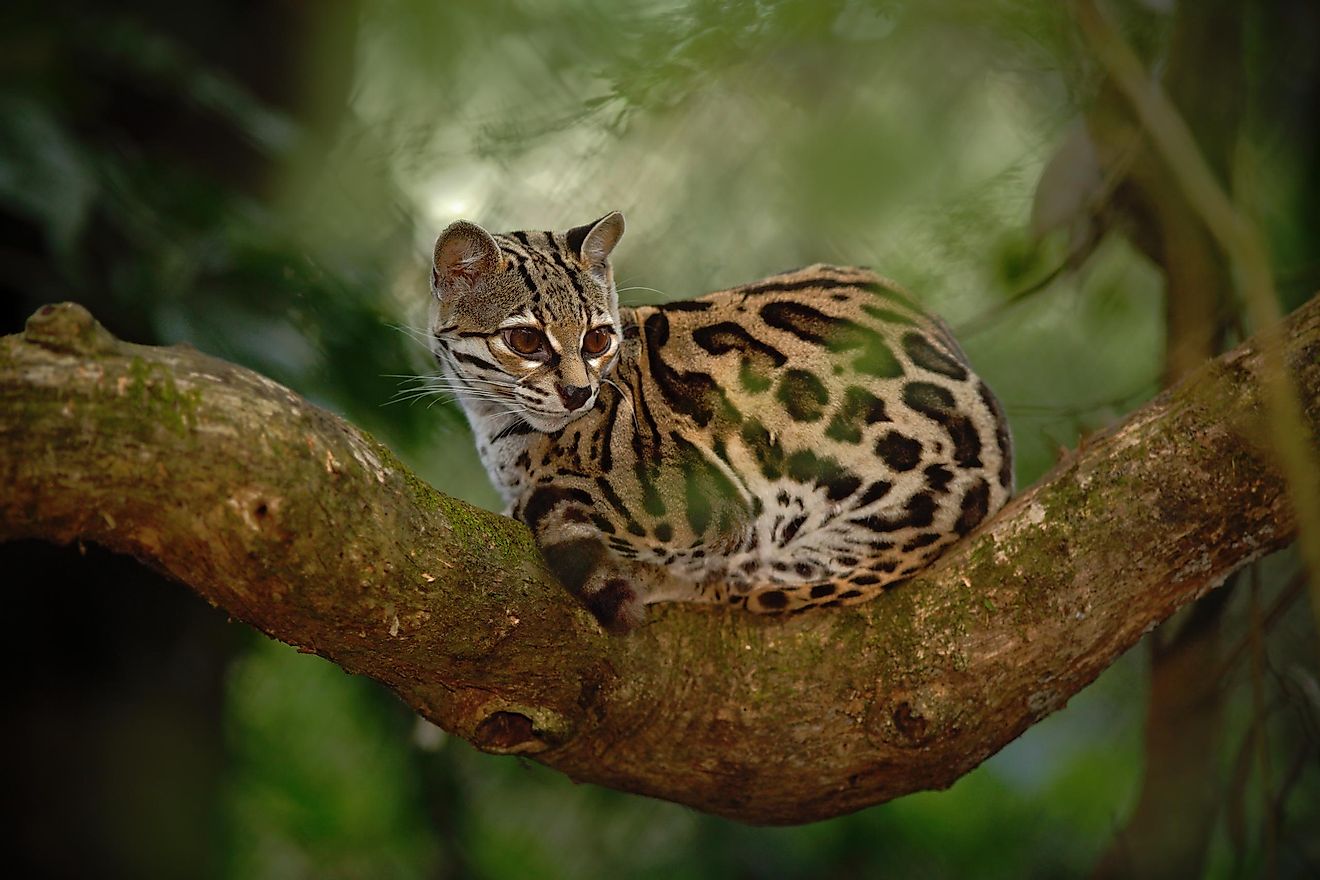
The Leopardus wiedii is a nocturnal and solitary wild cat species that lives in the evergreen and deciduous forested habitats of Central America and South America. Quite similar in appearance to the ocelot, the margay’s length ranges from 48 to 79 cm (excluding the tail which is about 33 to 51 cm long). The brown fur of this cat species features black or dark brown streaks and/or rosettes. The underparts are white or buff colored. Illegal hunting and habitat destruction have triggered a severe decline in the population of this species. It is thus labeled as Near Threatened on the IUCN Red List. Margays prefer to stay in trees and are known to prey on monkeys, lizards, tree frogs, birds, etc.
1. Jaguarundi
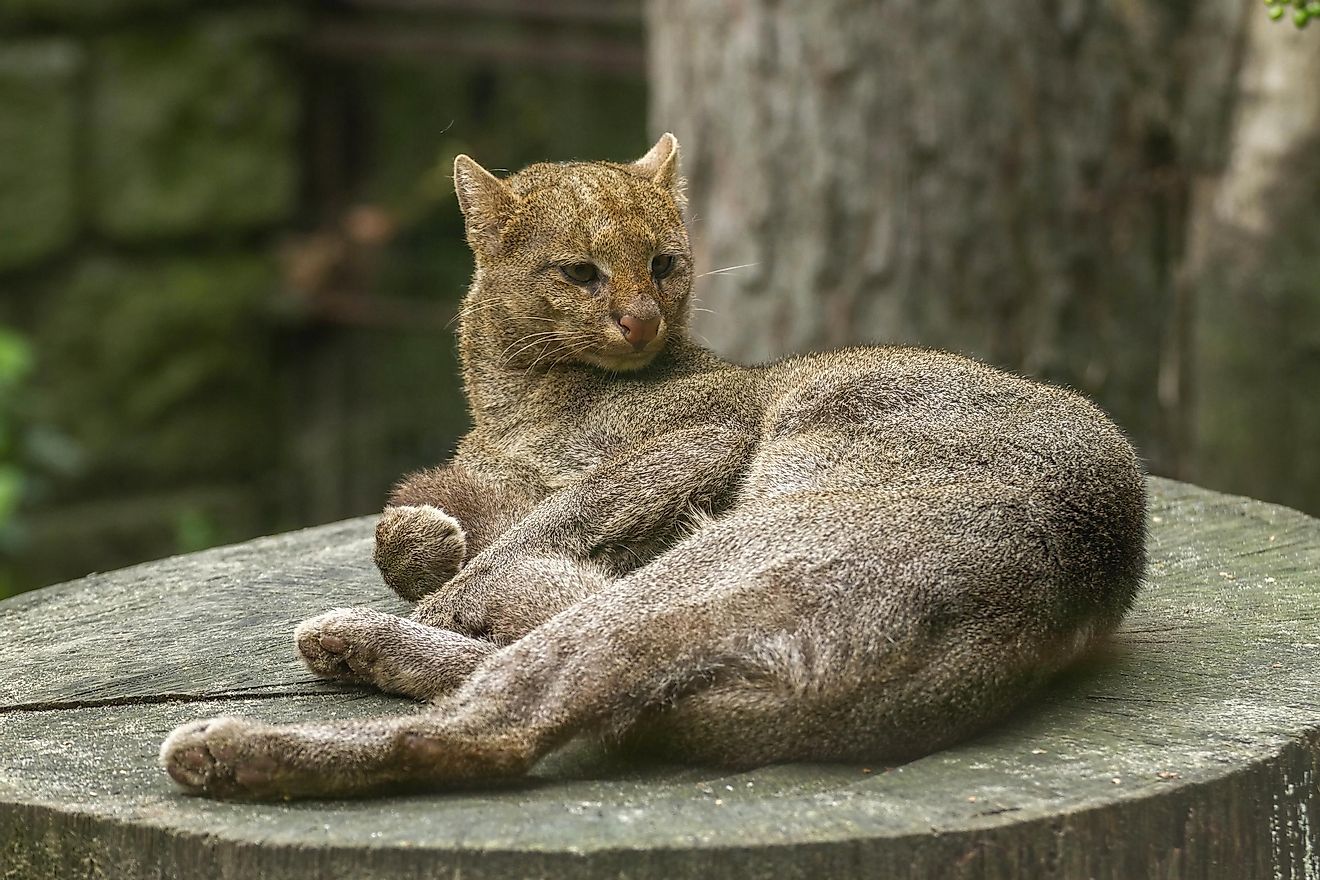
The Puma yagouaroundi is a cat species whose range stretches from the southern part of North America to South America. Thus, it is also found in parts of Central America. The cat prefers to inhabit lowland brush areas with flowing water source. Occasionally, these animals have been spotted at higher elevations up to 3,200 m. The cat has a long body (about 53 to 77 cm) with short legs and a long tail (31 to 60 cm). The coat of the cat is nearly spotless and of uniform color. The color may vary from the gray phase to the red phase. There are eight recognized subspecies of the jaguarundi. These big cats are diurnal in nature and are good climbers. Small prey like reptiles, rodents, small birds, rabbits, etc., form their food. They are usually solitary in nature but also are more sociable than many other cat species. The jaguarundis breed throughout the year. The gestation period lasts for 70 to 75 days and one to four kittens are born in a litter. Although these animals are still a Least Concern species, they are threatened by habitat loss.







